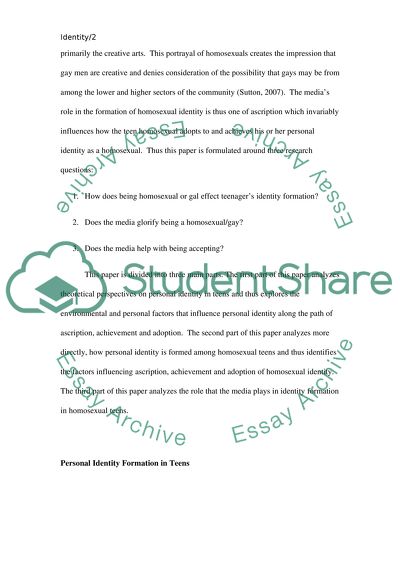Cite this document
(“Teenage Identity Formation in Homosexuals Research Paper”, n.d.)
Retrieved de https://studentshare.org/gender-sexual-studies/1392591-analytical-essay-about-identity-formation-gay
Retrieved de https://studentshare.org/gender-sexual-studies/1392591-analytical-essay-about-identity-formation-gay
(Teenage Identity Formation in Homosexuals Research Paper)
https://studentshare.org/gender-sexual-studies/1392591-analytical-essay-about-identity-formation-gay.
https://studentshare.org/gender-sexual-studies/1392591-analytical-essay-about-identity-formation-gay.
“Teenage Identity Formation in Homosexuals Research Paper”, n.d. https://studentshare.org/gender-sexual-studies/1392591-analytical-essay-about-identity-formation-gay.


